winter sircuit
In this edition of the SIRCuit, we place a spotlight on innovation, in the many forms it appears. Sport and physical activity researchers and practitioners share data, insights and best practices to help create quality, safe sport experiences for athletes at all stages of development.
IN THIS ISSUE
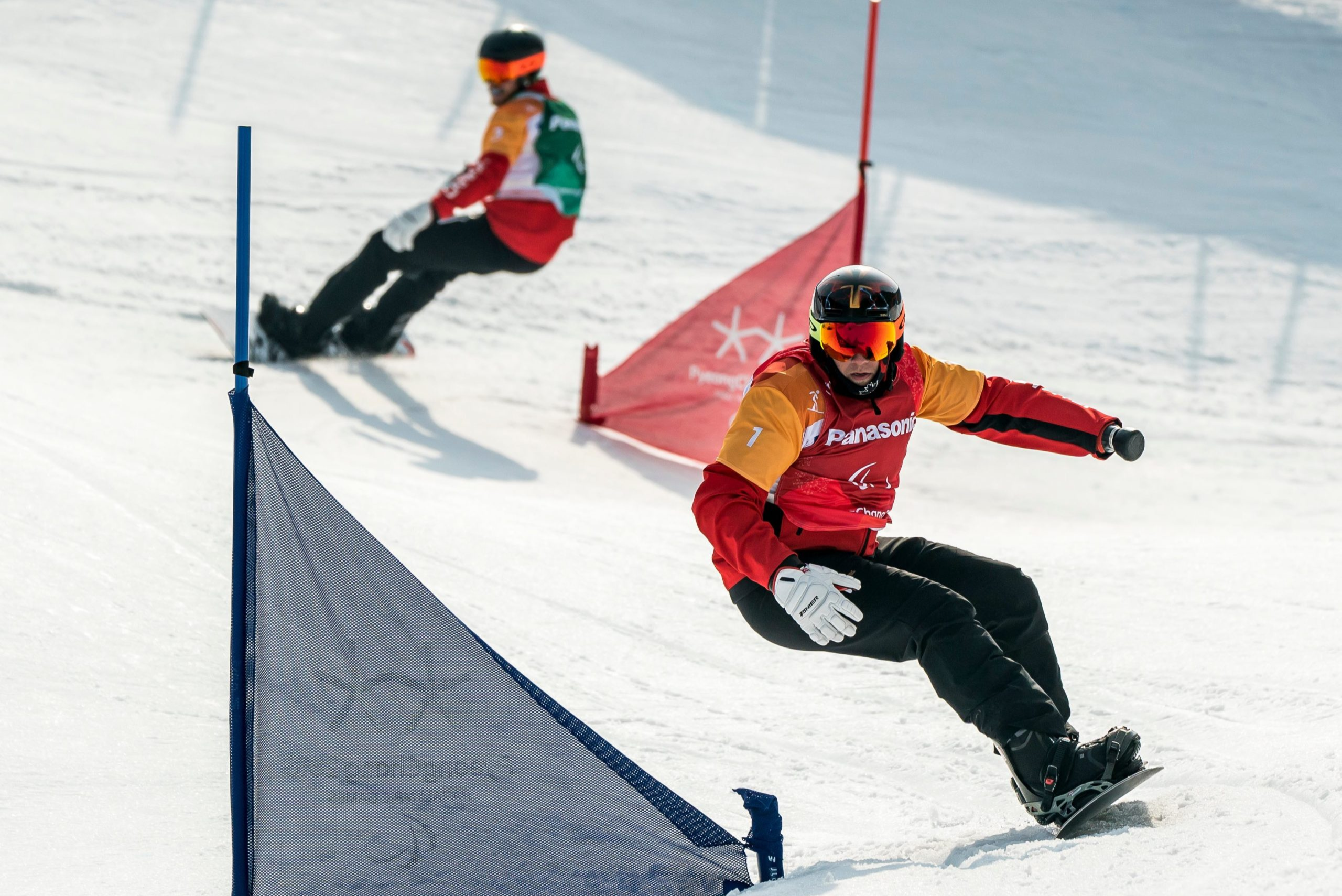
Winter is upon us in Canada and for many athletes that means training in cold temperatures. Our bodies experience cold as a physiological stress. It is important for athletes and coaches to be aware of ways to mitigate risk of cold exposure, which can include tissue injury and diminished cardiovascular capacity. This article summarizes the research on cold exposure as it relates to exercise and presents strategies to promote safe participation, training and competition in outdoor sport activities during the winter months.
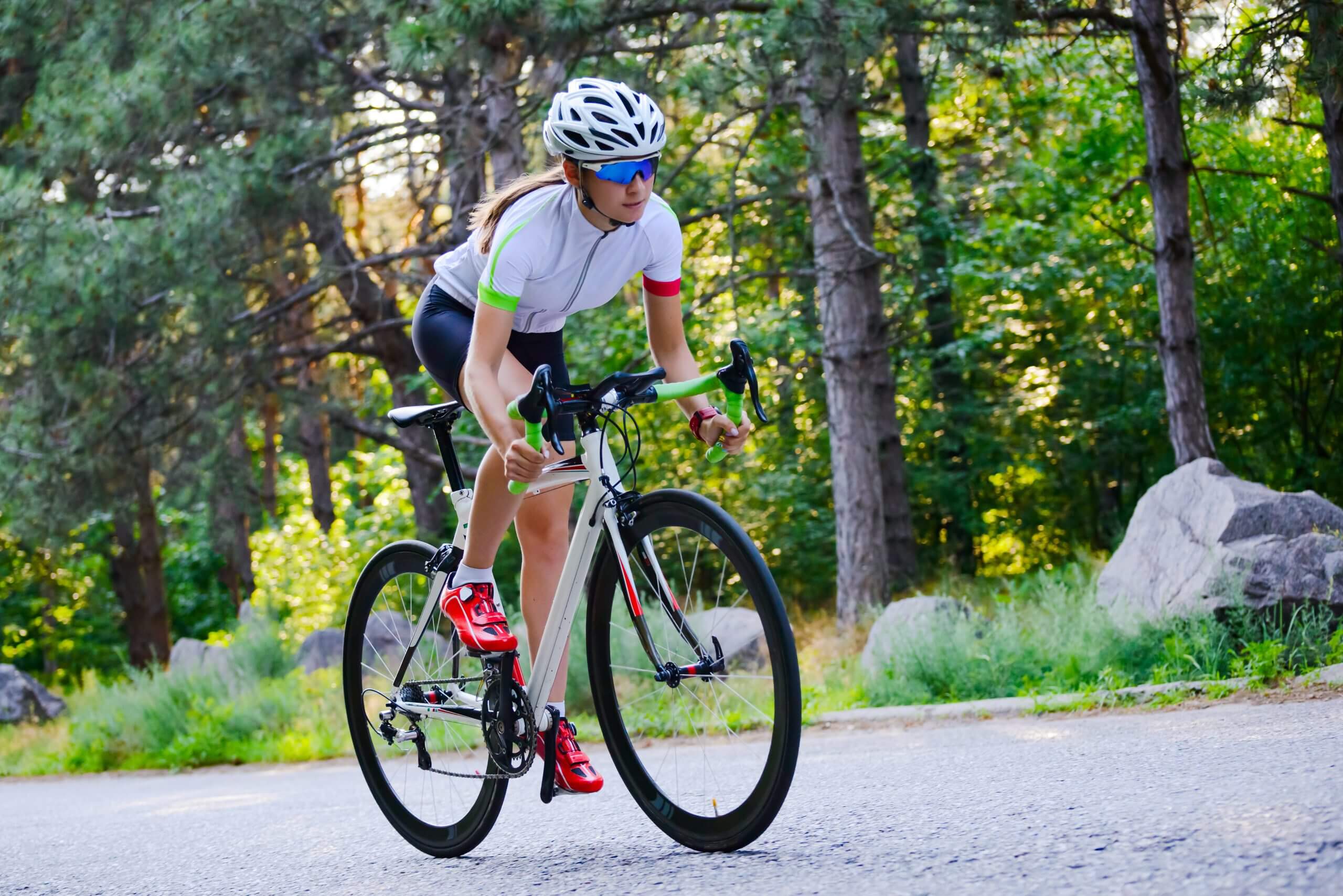
Though most Canadians may not be thinking about extreme heat at the moment, the average temperature in Canada is increasing at roughly twice the global average. Exercise in heat increases cardiovascular, thermal and metabolic stress, and results in a higher perception of effort, leading to a reduced performance capacity. This article provides an overview of the research related to heat exposure and exercise and provides evidence-informed advice for training and competing in the heat.
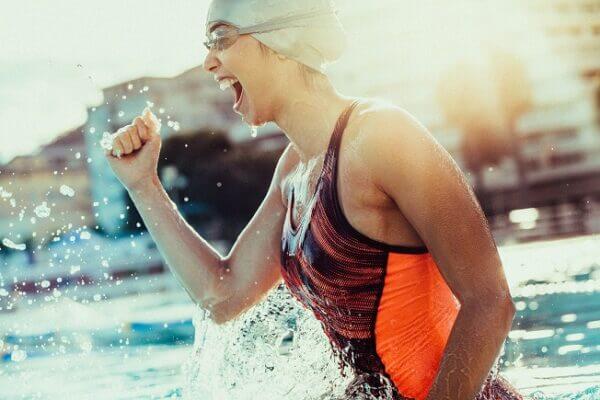
Until recently, menstrual cycle patterns were considered a key indicator of energy availability in female athletes. Menstrual cycles remain important, but researchers have determined that ovulation is the key marker of energy availability. This SIRCuit article summarizes the relationship between Low energy availability (LEA), Relative Energy Deficiency (REDs) and ovulation, as well as answers questions about whether ovulation monitoring is right for you or the athletes that you coach.
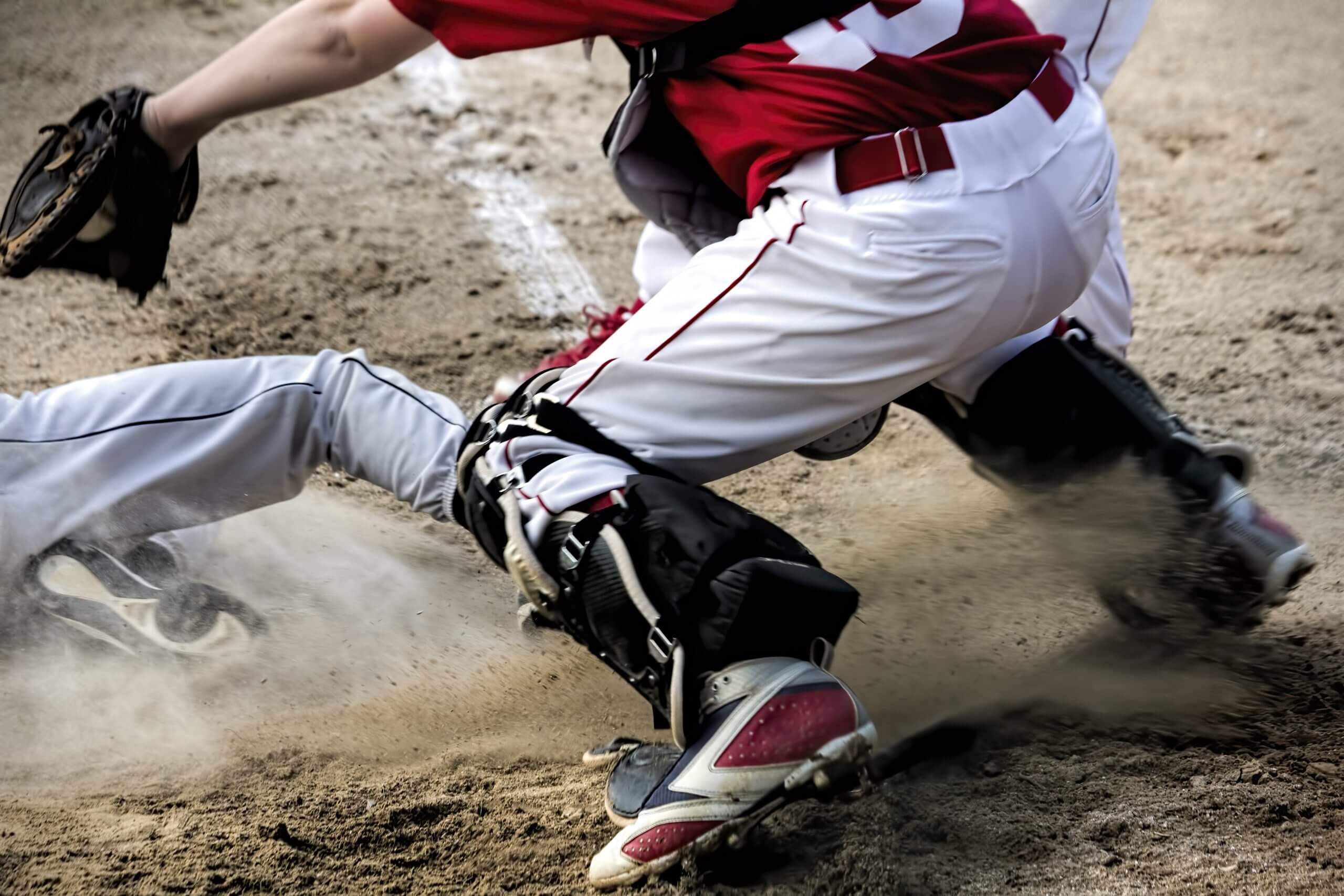

Many of us stay up to date with our favourite teams, sport organizations and athletes through social media. Athletes may use social media as a platform for personal updates or activism, or as a venue to work with sponsors in a financial relationship. However, social media may also be a space in which athletes face abuse and harassment, and which has an impact on their body image and mental health. This article outlines challenges that high performance athletes face within an increasingly digital world and how sport organizations can best support athletes.
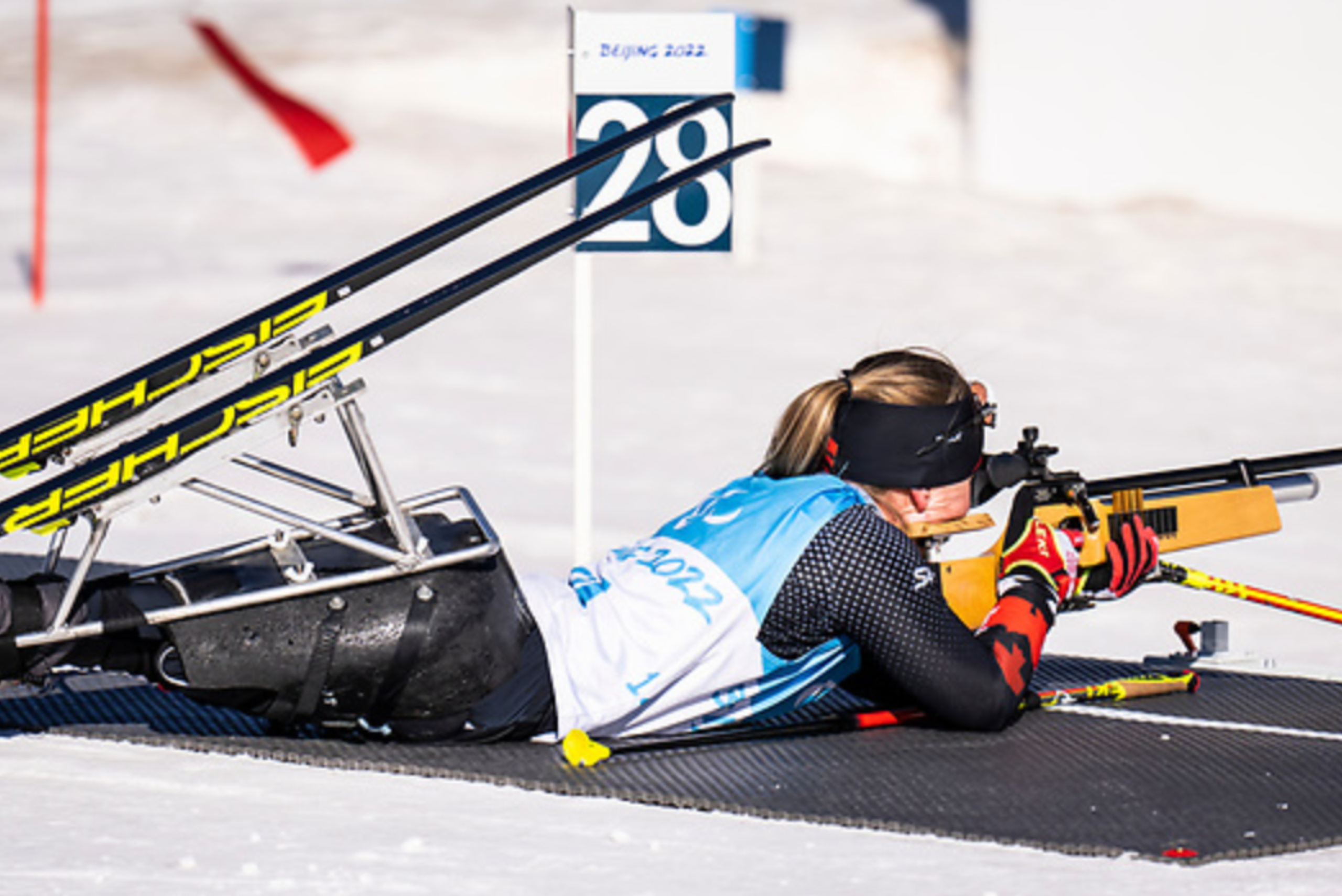
Many stakeholders believe a “scarcity mindset” exists within Para sport that can dissuade athletes from trying other sports, or coaches and administrators from encouraging exploration of other sports. To broaden development pathways for Para athletes, the Canadian Paralympic Committee (CPC) and Own the Podium (OTP) are working to create an “Athlete Transfer System.” This article provides context regarding the need for an Athlete Transfer System within Para sport and outlines the learnings from the experiences of athletes who have transferred.